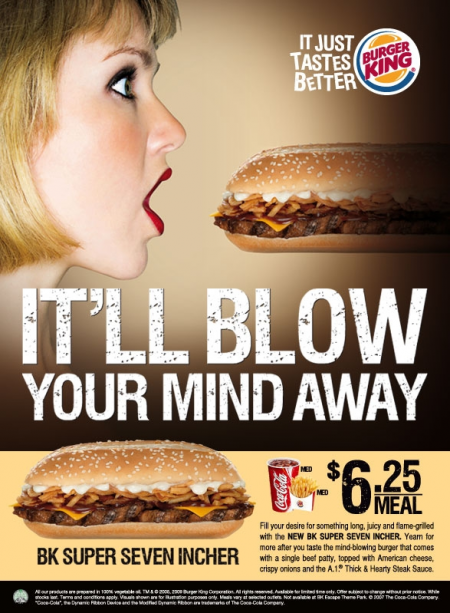1) Based on your research, what type of people read Reveal? Consider demographics and psychographics.C2,D and E groups read Reveal.2) Look at the lesson slides: how does the editor introduce Reveal magazine?The editor describes Reveal as a readers best friend which shows that they are trying to be approachable and seem as though they are talking to the reader directly, hence, the use of handwriting fonts.3) What is the difference between the Reveal and Tatler target audiences?The Tatler target audiences are A,B and C1 groups whereas Reveal readers are C2, D and E so Tatler readers have more of a disposable income and live lives similar to the lives that Reveal audiences read about.4) What issues are Reveal readers interested in?Beauty, diet and lifestyle and celebrity updates and gossip
Media language
1) How many of the 12 magazine cover key conventions feature on this edition of Reveal?The Headline,sell lines and price and barcode are evident as well as the main flash and cover image.2) What is the font choice used on the cover and what does this choice connote? The Reveal title font is thick and san serif with a red background to show that they are modern, approachable and informal and the red shows that there is a focus on relationships as red connotes passion.
3) How do the cover lines appeal to the Reveal target audience?The cover lines use name checks to show that they know their audience knows who they are talking about and they are short and memorable.4) What are the connotations of the Reveal colour scheme on this particular front cover?The connotation of the red is passion, the connotations of the pink is femeninity, the connotation of the yellow is vibrancy and energy.5) How are images used to create interest in the magazine? Find three reasons for your answer. (E.g. mise-en-scene such as props, costume and make-up, body position, facial expression).Images are reminiscient of a collage to show that Reveal is bursting with information, candid pictures with everyday props such as ice cream or a phone is used to show that celebrities are normal people.The body position is away from the camera and even though these are candid photos, all the girls are heavily made up and styled so tat they still look like celebrities.
6) What differences can you find between the use of design and typography between Tatler and Reveal? List at least three and explain the effect on audiences.
The typography in Tatler is thinner and serif but also pink to show that they are modern and feminine but also classy whereas the Reveal font is bold and san serif with a red background to show that they are modern, approachable and informal and the red shows that there is a focus on relationships as red connotes passion.This is effective as it shows that Tatler is for upper classes as the font is serif which connotes traditionalism, an upper class value whereas Reveal wants to be seen as 'friendly and approachable' to middle and lower classes.
Representations
1) What different groups of people are represented on the cover? (Look at the image and text/cover lines)
Rich people, celebrities, mainly women but some men and British people are represented on the cover of Reveal
2) What type of celebrities are represented on the front cover?Mostly, celebrities that got their fame through reality television are featured in Reveal.
3) Are there any stereotypes being reinforced or subverted? How? Why?
The stereotype that all women are maternal has been reinforced because there are two stories featured on this cover about motherhood and pregnancy respectively.
4) What view of celebrities does Reveal want the reader to have?
Reveal wants to audience to feel like celebrities are like them which is why candid pictures rather that pictures taken by photographers in a studio are used.
5) What would be the preferred and oppositional readings to this cover of Reveal?
A prefered reading of this cover would be that it shows people that celebrities are just like them.An oppositional reading would be that these photos have been carefully chosen to make celebrities look 'just like us' so they really aren't.
Social and cultural context
1) What aspects of British life are reflected in Reveal? How does this compare to Tatler?The aspects of British life focused on in Reveal are motherhood, pregnancy, relationships and also health and lifestyle.2) What do the cover lines in Reveal suggest about the issues and lifestyle of Reveal readers?The cover lines use name checks to suggest Reveal readers are very up to date with celebrity gossip to the point where they feel as though they know them on a personal level.3) Find three other front covers for Reveal. What issues or features regularly appear in Reveal? Relationships, celebrity updates and diets often feature in Reveal.4) Do any celebrities appear on multiple front covers ? Why are they are popular with Reveal readers?


I think Cheryl Cole appears on this magazine cover more than once because she is a very high profile celebrity that voices all of her concerns when she has issues and gets upset and struggles just like people who read this magazine so Reveal readers connect to her more than other celebrities.
WWW: Wow – there is some really impressive media analysis here. You write in real depth and detail, clearly showing understanding of the texts and insight into the target audience and media language design decisions. Keep up this good work!
EBI: The Reveal case study isn’t quite finished. I know you’ve missed a lot of lesson and homework time recently so you’re still catching up. However, these are exam CSP case studies so it’s essential you’ve completed them all. You also need to make sure you’re completing the grade 8/9 extension tasks as that’s where we should be aiming for your final grade in Media!
LR: Check the two case studies carefully and complete any missing questions or extension tasks



